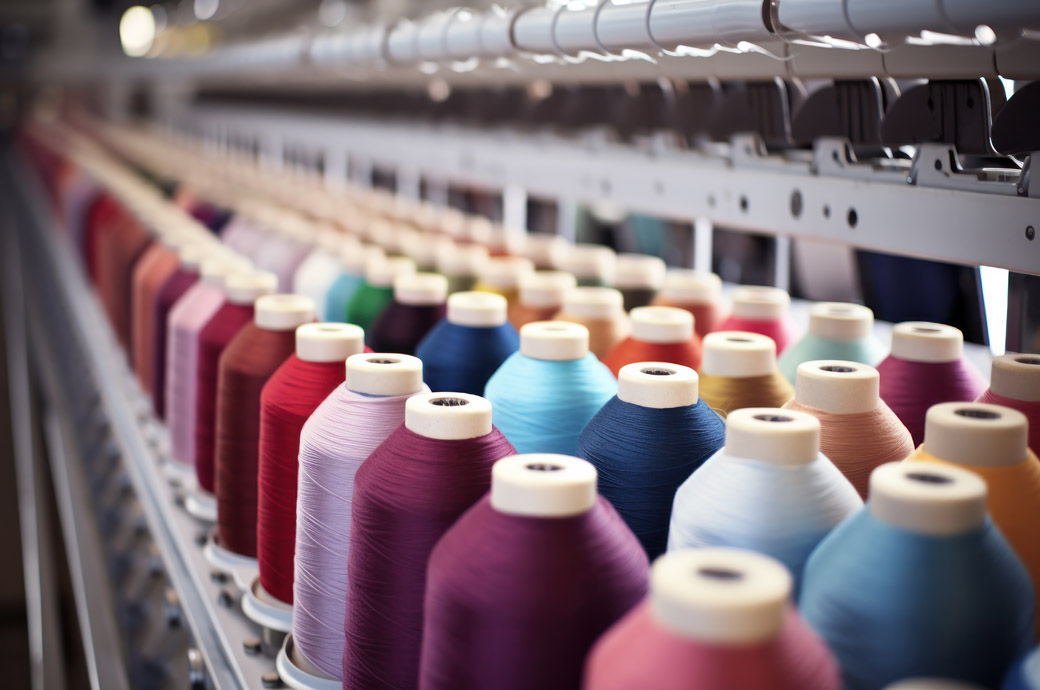
Among firms in the energy supply sector, that proportion is more than half, the CBS spring survey of investment expectations found.
The Dutch textile sector expects to invest 29 per cent more in 2025.
This large rise in expected investment in tangible fixed assets is partly due to investment that was originally planned for 2023 but has been postponed to 2024.
Businesses in the energy supply sector are the most positive, expecting investment to rise by over a third in 2024. Businesses in the water and waste management sector expect similar growth in investment.
Nearly 6 per cent of expected investment relates to reducing emissions, and over 5 per cent to energy conservation (for example, insulation or solar panels).
Almost 5 per cent of investment relates to circular production—reuse of raw materials and waste materials, and over 3 per cent to digital investment.
Within the industrial sector as a whole, the textile, clothing and leather sector expects the maximum investment in sustainability and energy saving, in relative terms; this area is expected to account for around one third of total investment and to be aimed mainly at saving energy and circular production methods.
Of the five industrial sectors surveyed, the percentage of investment in sustainability is the highest in energy supply, at around 54 percent.
Last year, 17 per cent of energy consumed in the Netherlands came from renewable sources, 2 per cent more than in 2022, CBS said.
The largest amount of renewable energy still comes from biomass, though its use is decreasing. The Netherlands is still well below the European Union average on the renewable energy front.
The country consumed 308 petajoules (PJ) of renewable energy last year. The largest part of that still came from biomass (106 PJ), such as wood, manure, or food waste, though it was 3 per cent lower than a year earlier. The decrease is mainly due to power stations using 31 percent less biomass.
Wind energy consumption increased by 25 per cent to 96 PJ. The increase was mainly due to more wind turbines. The capacity of offshore wind farms increased by 55 per cent to almost 4 gigawatts in 2023. Onshore capacity rose by 10 per cent to almost 7 GW.
Solar energy consumption also saw a strong rise of 17 per cent to 73 PJ last year.
Fibre2Fashion News Desk (DS)